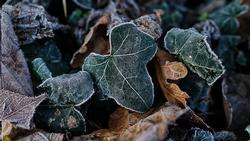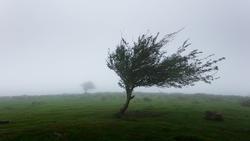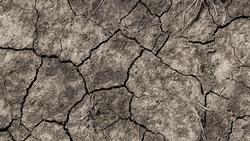Gardening Extremes: Managing Tough Weather Conditions
Gardening extremes occur when unexpected weather conditions challenge plant growth and survival. Frost, heat, floods, wind, and drought are all environmental changes that can result in plant injury. Plant damage can be sudden and severe or it may occur over time.
Damage effects may be subtle
When there is enough warning, as in the case of frost, plants can be protected. Sometimes the danger is not immediately apparent. Damage is noticed later when the foliage wilts and the plant loses vigor. The effects of heat and drought, for example, are more gradual and may be mistaken as other problems.
Plant sensitivities vary
Following the USDA hardiness zone and Sunset climate zone guidelines when selecting plants provides some protection against usual weather variations. However, even within zones, plants vary in their sensitivity to weather extremes. Microclimate differences in temperature, light exposure, air circulation, and moisture can all affect the ability of a plant to survive unusual weather conditions.
Gardening extremes are seasonal
Winters in Marin are typically cool and wet, making frost, heavy rains, flooding, and strong winds the most challenging garden extremes. In contrast, summers tend to be warm and dry, bringing risks of extreme heat, drought, and gusty breezes.





